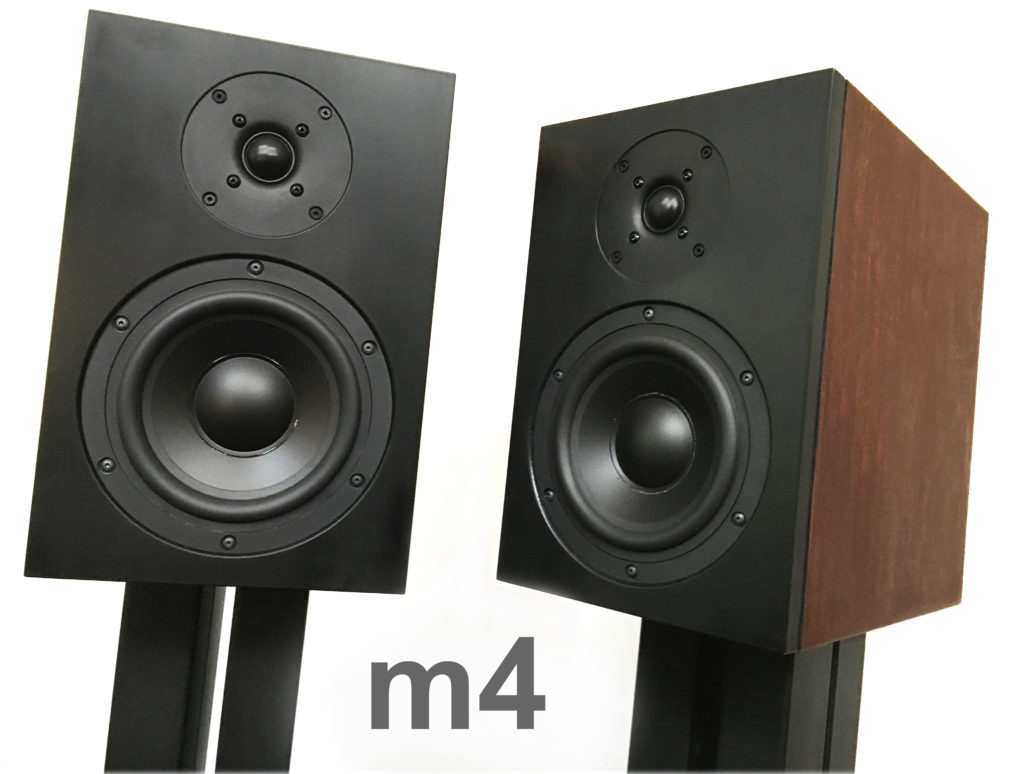
When I think of Studio Electric speakers, I think of their T3 floor stander. With its beautiful metal sphere housing a 6.5-inch driver, it’s one of the most futuristic looking speakers I have seen. They also made one of the coolest retro-looking monitors as well. I always meant to buy a pair of these for my upstairs system because they remind me of a beautiful antique radio.
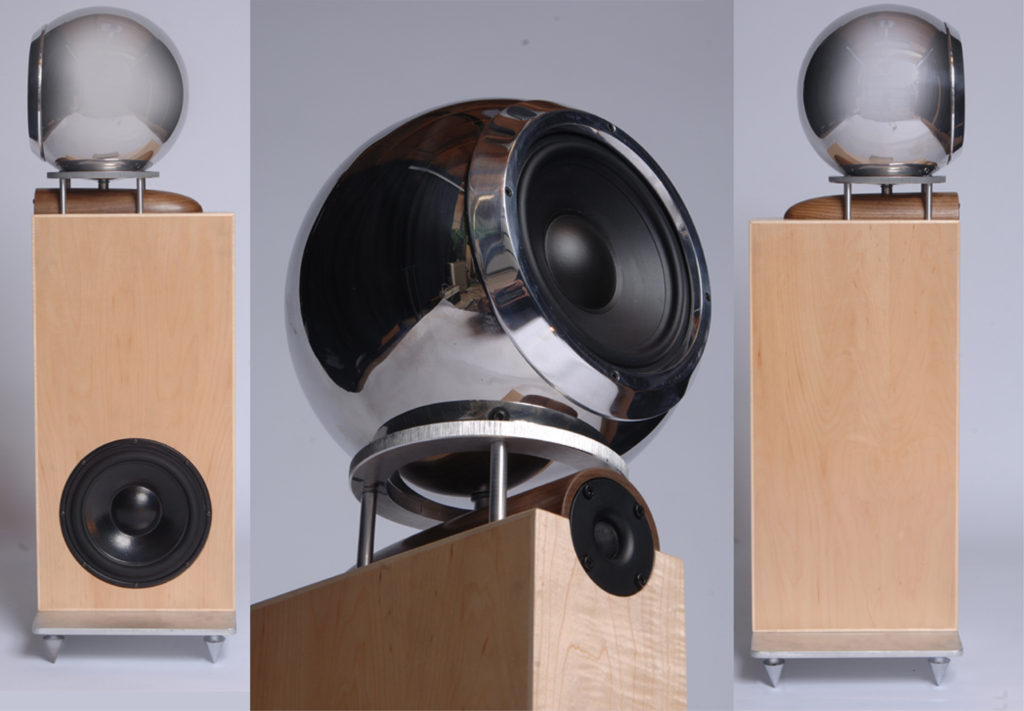 Well, the m4 is neither futuristic nor retro looking. It is a very nice but unassuming looking cabinet built out of HDF and MDF with recycled Wenge veneer and a black front. It is an interesting shape in that it is deeper than it is tall. This normal looking rectangular-shaped speaker is only 12 inches tall by 6.25 inches wide, but it is 15 inches deep. This makes for a very nice looking, unassuming speaker. The m4 Monitors are Studio Electric’s 4th generation monitor.
Well, the m4 is neither futuristic nor retro looking. It is a very nice but unassuming looking cabinet built out of HDF and MDF with recycled Wenge veneer and a black front. It is an interesting shape in that it is deeper than it is tall. This normal looking rectangular-shaped speaker is only 12 inches tall by 6.25 inches wide, but it is 15 inches deep. This makes for a very nice looking, unassuming speaker. The m4 Monitors are Studio Electric’s 4th generation monitor.
It features their proprietary HighX™ 6.5″ copolymer woofer/midrange that is purpose-built for a sealed enclosure. The woofer was designed to play quite low for a 6.5” woofer, but it goes quite high as well, which is why I referred to it as a woofer/midrange driver. The fact that it plays so well at higher frequencies allows for a higher crossover point than most two-way speakers. The crossover point of 3Khz allows the speakers to reveal more harmonic information in the output range of the mid/woofer. This provides some of the benefits of a single driver speaker. At 3kHz the new 1″ soft dome tweeter is a modern update of a classic Scandinavian silk dome. This design allows the tweeter to add a beautiful breath of air to the way they play music.
The crossover uses custom components including ClarityCap ESA series capacitors made to Studio Electric’s specifications. The cabinet uses sustainable wood products including the veneer, which is made from recycled hardwoods and hemp fiber. The optional stainless steel wire mesh grill, which I find quite good looking, uses the same material that is used on the windscreens of classic studio microphones. Stainless steel may seem a bit counter-intuitive, but the grills are, for all practical purposes, acoustically neutral.
I’ve reviewed a lot of small speakers over the years; Teresonic’s Magus, GamuT L3s, Genesis 7.1p Petites, Bowers & Wilkins 805S, Raidho Ayra C1.0, Audio Space LS-3/5A Bookshelf Speakers, Lindemann BL-10 , Audience “The One”, Fritz Accuton 6, 47 Labs Lens, Audio Note AN-K/SP, Fritz Carrera Rev 7 BE, Trenner & Friedl ART, Audience ClairAudient 1+1 V2+ (Generation 2), and the Qln Signature 3. Whew!
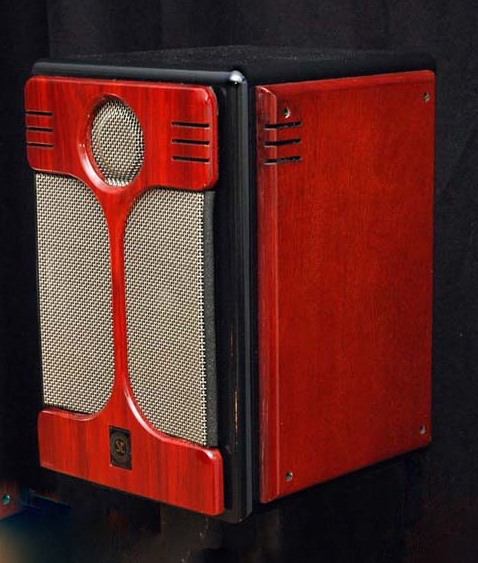
SE Monitor (1st generation. Circa 2010)
The Studio Electric m4 speakers were a big surprise. I expected them to be good since I’ve always enjoyed Studio Electric speakers at audio shows over the years. But from the minute I put them in the digital/video system upstairs, they just sounded so right. Voices on movies or music were almost as articulate as the Teresonic Magus speakers that sell for $8,000. The soundstage was almost as good as the Qln Signature 3s that cost $7,000. The bass was equal to the Qlns unless the Qlns were placed perfectly, but the m4 is easier to place.
Well, I’m getting ahead of myself, so let’s talk about setup and the equipment I used them with. I always start speakers in the upstairs system first, well unless they are too big to get up the stairs. That’s the system I refer to as my digital/video system. It consists of an Electrocompaniet PI 2D Prelude Integrated Amplifier with two built-in DACs. The sources in this system are an OPPO 205, a DirectTV Genie, and a computer connected to the USB DAC in the Electrocompaniet. All of the cabling is from Audience, most of it is Au24SX.
My other system is downstairs, and I refer to it as my reference system. It consists of a pair of Teresonic Ingenium XR, with DX4 Silver Speakers, driven normally by a Pass Labs XA 30.8, but for this review, I used the Pass Labs and the Digital Amplifier Company’s new MEGAschino amplifier. My source is a DS Audio Master 1 Optical Phono Cartridge and Master 1 Preamp/Equalizer mounted on an AMG V12 with AMG 12JT Turbo Tonearm. With both of these amps, all cabling is Audience Au24SX.
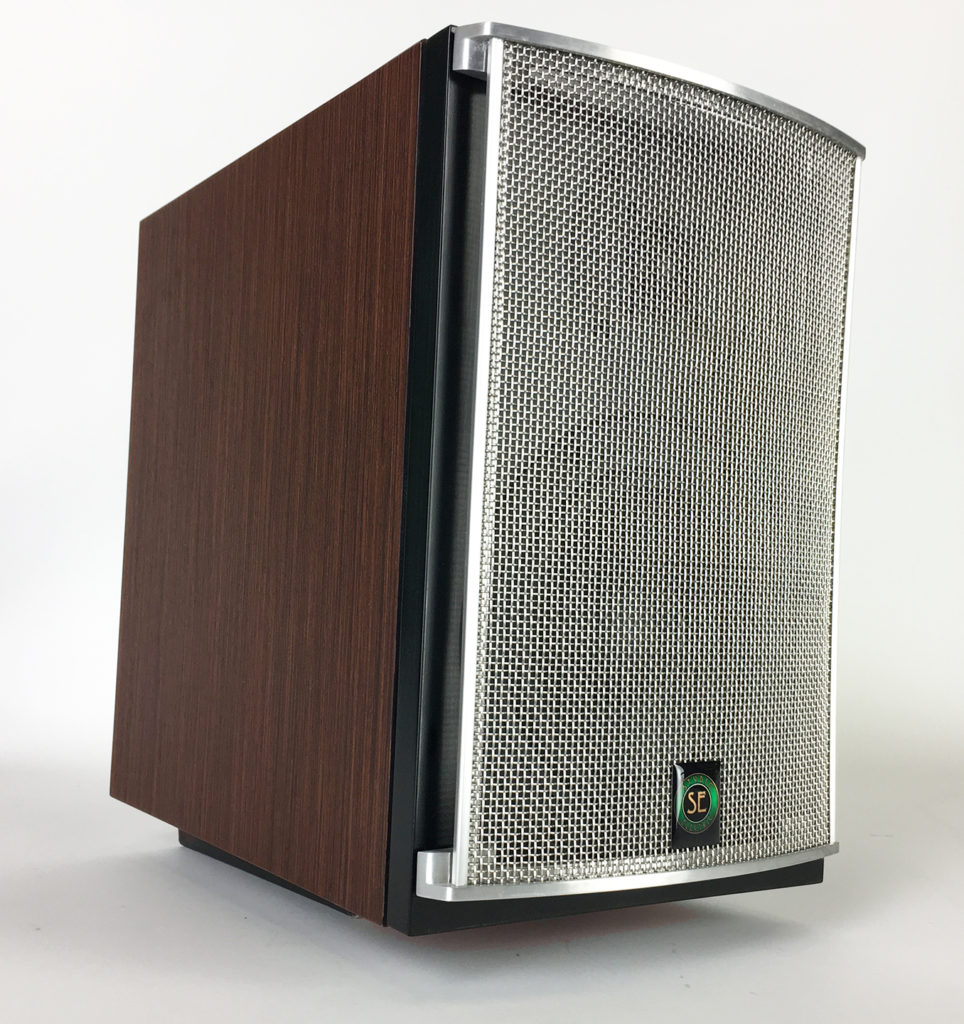
m4 (fourth generation monitor)
I put speakers in the digital/video system mostly to break them in, but it also tells me something about how important placement is for the speaker. In this system, the speakers have to be placed on a fixed platform that is only about 18 inches high, well off the sidewalls and about 30 inches off of the rear wall. Now, let me be honest, no speaker sounds its best like this, but a few have sounded very good indeed, and the m4 is one of them. This means that the speaker is not as picky about placement as some. I find that more often than not, the speakers that sound “very good” are more often rear-ported speakers.
Studio Electric recommends that the m4 speakers be placed on a 27-inch stand, and this is how I used them in my reference system. They sounded best at 36 inches off the sidewalls and 60 inches off the rear wall. I want to say though that they sounded at least 90 percent as good only 24 inches off the rear wall. These are speakers that will work wonderfully well for people who just don’t have the room to place speakers way out into the room.
Listening to the m4 Monitors
Let me say right off the bat, I like these speakers; I liked them a lot in both system and with all three amps. Like other sealed-cabinet (air suspension) speakers I’ve reviewed, the m4s have great agility, tunefulness and pitch-definition. They are just plain fun to listen to. As I continue to listen to the m4s, I’m impressed with what a big piece of “the very best” they give you in a small package and at a very reasonable price point.
The m4s are nicely transparent, but not quite in the way the Teresonics are. They are closer in transparency and harmonics to the best Audio Note J speakers. What I’m calling transparency, some call immediacy. In some audiophile terminology, the m4 speakers would be every bit as transparent as the Teresonics, but not as forward-sounding, and to these audiophiles, this would be a plus. I mention this because it would be naive on my part as audiophiles not to admit that we value different sounds from our systems. For a two-way speaker, the m4s have a beautiful coherent sound that is combined with a beautiful sense of tonality. The resulting sound is robust, full-bodied and capable of reproducing real harmonics. The m4s provide a nice combination of beauty, musicality and power in one small package.
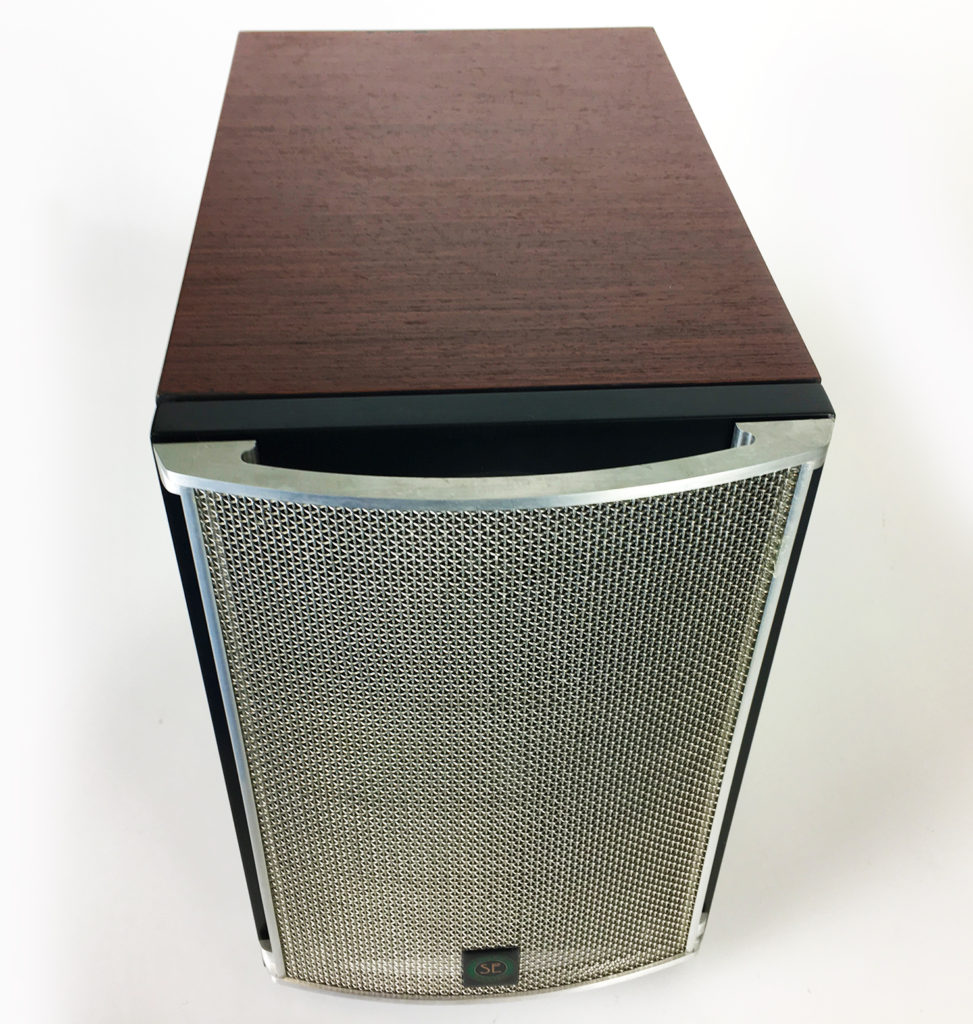
The bass extension of the m4s was surprisingly satisfying for a speaker of its size. The bass does not go as low as the Audio Note Es, nor do they have the incredible speed and decay of the bass of my Teresonic Ingenium speakers. What they do have is bass that is perfectly balanced to be coherent with their top-end. The bass is fast and warm without any hint of boominess. The bass also has very nice scale and power, which is unusual for a speaker of its size and price. I find this a very important trait in speakers for me to be able to enjoy a musical performance. Drums and percussions played over the m4s were quick, fast and nimble. These qualities allow the bass transients in the lower-range to have nice detail. I also found that bass instruments sound very satisfying with these speakers.
The midrange and top-end were clean and clear with beautiful detail. They allowed voices to sound natural and alive; this is a wonderful combination. Above I mentioned that voices were almost as articulate as the Teresonic Magus that sells for $8,000. Piano music especially benefited from their coherency. When listening to piano music, it was easy to hear both the attack and the decay for an appropriate time. The m4s let me hear the timbre of the instruments, and they really got the tones of the music right. This combination makes listening to them a very enjoyable and emotional experience.
The micro-dynamics were very good. When listening to a male singer singing the blues, I found the abundance of micro-dynamics allowed the music to sound very alive. Add to this how alive the voice sounded, and you have a wonderful musical experience. When listening to bluegrass music, I was surprised by the speed of the plucked instruments that came through because of the good micro-dynamics. Strings sounded very natural and came across appropriately sweet and extended. It doesn’t matter whether it was a blues guitar, stand-up bass in a jazz group, or a classical violin, they all sound very natural. I could hear the leading edge, fast, quick and dynamic with never a sense of edginess. There was a nice woody warmth to the string instruments that comes through on the m4s that adds to their overall realism.
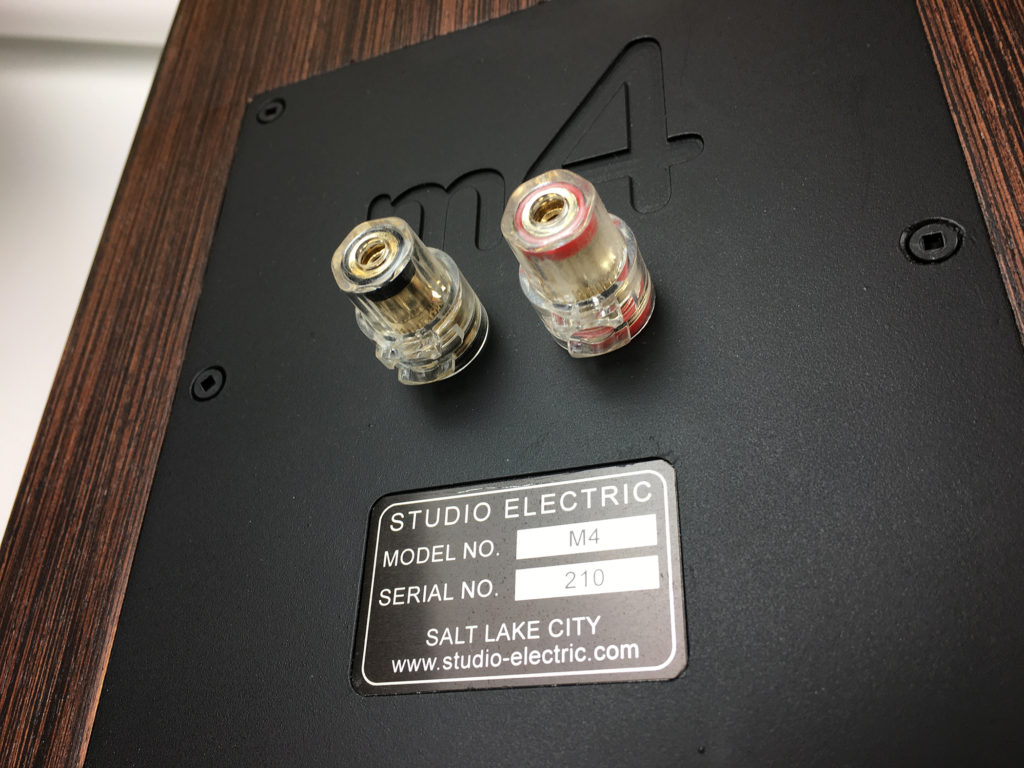
I also mentioned earlier in this review that the soundstage of the m4s was almost as good as the Qln Signature 3s that cost $7,000. They have a nice holographic quality that has that ability to let me feel like I could reach out and touch the instruments.
The soundstage is cohesive side-to-side and back-to-front soundstage. Image specificity is startlingly good, and this helps the images to be precise in their front-to-back and side-to-side placement as well as in their own specific space.
Listening to Three LPs
Rob Wasserman’s Duets
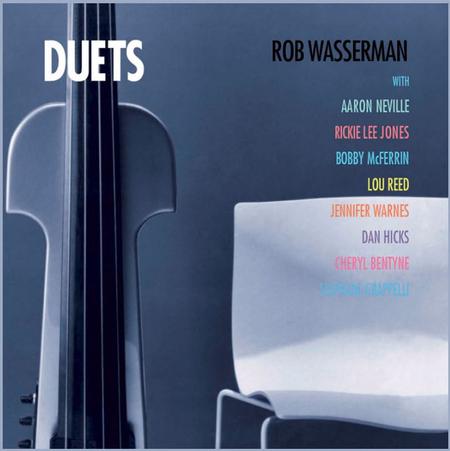 I carry this recording all around at audio shows using it to evaluate systems. Very few systems at any price could hold it all together when I play the cut “Angel Eyes.” On this cut, Cheryl Bentyne’s voice goes from very soft to very loud, then back down to almost a whisper and then explodes to end the cut. It is a real test of a system’s dynamics, harmonics and ability to sound as good when played very softly or very loudly. The m4s with either the Pass Labs 30.8 or the Digital Amplifier Company’s new MEGAschino amplifier allowed Bentyne’s voice to be heard with purity and dynamics.
I carry this recording all around at audio shows using it to evaluate systems. Very few systems at any price could hold it all together when I play the cut “Angel Eyes.” On this cut, Cheryl Bentyne’s voice goes from very soft to very loud, then back down to almost a whisper and then explodes to end the cut. It is a real test of a system’s dynamics, harmonics and ability to sound as good when played very softly or very loudly. The m4s with either the Pass Labs 30.8 or the Digital Amplifier Company’s new MEGAschino amplifier allowed Bentyne’s voice to be heard with purity and dynamics.
Wasserman’s bass sounded fast and incredibly visceral with great tone and very good harmonics. Overall, I was well pleased with how well the m4s played the entire album.
Miles Davis Someday My Prince Will Come
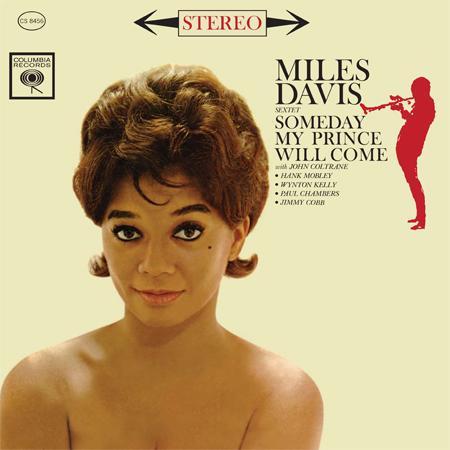
I’m a big Miles Davis fan, at least of his earlier work, and this is one of my very favorite of his recordings. I listened to both the mono original and the Analogue Productions 45-RPM version. Miles’ trumpet was beautifully portrayed with nice and realistic bite but without a trace of edginess. Jimmy Cobb’s cymbals sounded absolutely beautiful with nice attack and really nice tone. The drums had real impact and plenty of air and decay. The scale of the instruments and the power of the performance was very believable.
This is beautiful music, and it should demand your attention and create an emotional experience. With the m4s, especially with the Pass Labs XA 30.8, the m4s accomplished this with real ease and grace.
Joni Mitchell Blue
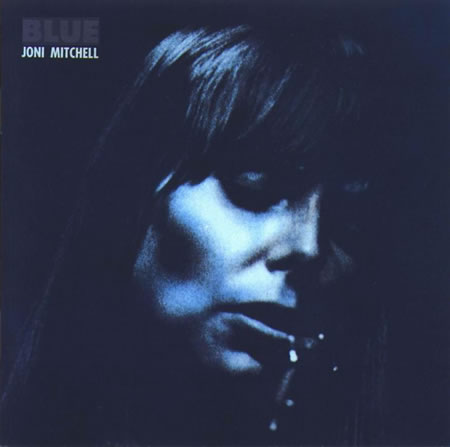
I was 17 and a freshman at Baylor University in 1971 when I discovered Joni Mitchell, and the album Blue was my first exposure to her beautiful music. Now it’s 47 years later, and I still love this album just as much now as I did at 17 or any year in between. I listened to this album on KLH 17s, on Double Advents, on Quad 57s for years and on my Teresonic Ingenium XR Silvers for the last few years. The m4s did a great job letting me experience the different moods and emotions of this album. Mitchell’s voice was right there in the room but warm and full of different tonal colors.
Conclusion
The Studio Electric m4s aren’t the best small speakers out there, and they aren’t giant killers. That said, they do a lot of things awfully well, and the overall sound is wonderful. I really find it hard to fault these little speakers; they just do so many things well. The magic of these speakers is how close they come to being the best small speakers in so many different areas. It’s also a big plus that they aren’t nearly as picky as some mini-monitors when it comes to placement. I highly recommend the Studio Electric speakers, and I would say that even if they cost twice as much.
Specifications
LF: SE HighX™6.5″ / 170mm /copolymer
HF: 1″ / 25mm soft dome
Frequency Response: 44Hz-22kHz
Sensitivity: 88dB @ 1W / 1 meter
Recommended Power Amplifier: 40 to 200 Watts
Impedance: 6 Ohms
Crossover Frequency: 3kHz
Construction: HDF and MDF with recycled Wenge veneer
Cabinet Dimensions: (HxWxD): 12”x8.625″x15″ (sans grill)
Weight: 19 lbs. / 8.5 kg (shipped two per carton) @ 43 lbs.
MSRP: $2,400 USD per pair / grills optional
Try the M4 for 30 days! If you don’t like them, send them back!
*buyer pays return shipping.

I have heard most speakers at RMAF and CES. I purchased a set of M4s for a secondary system. They are excellent. One common feature of very good speakers is that they improve as the electronics improve. I am waiting for a new amp for these speakers, but in the meantime I listened to them with the new Bel Canto Black EX DAC & amp, and the PS Audio Directsteam DAC and BHK signature 300s. They respond to these electronics, which are 10 times their price. Grab a pair; you will love them.